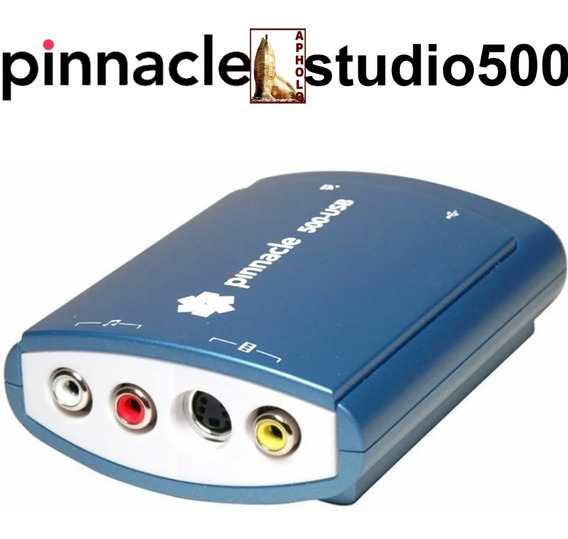

Here's how it works: I chronicle family events with my DV camcorder continuously, usually taking two or three months to complete a 60-minute tape of holidays, school events, and other camera-worthy moments. The mode I've found most useful is Automatic Based on Shooting Time and Date, an option that analyzes time codes embedded on the DV tape to identify new scenes. Studio offers four scene-detection modes ( Figure 3.6), accessed via the Capture Source tab in the Pinnacle Studio Setup Options dialog box (click Settings on the Diskometer or choose Setup > Capture Source). Fortunately, Studio automates much of the process with its comprehensive scene-detection feature. Sifting through your scenes and finding the ones to include in your final project can be extraordinarily time consuming. Use these to navigate through the tape to find the scenes you want to include in your project. The controls in the Camcorder Controller mimic those on your camcorder ( Figure 3.2). To play the captured files, you have to switch to Edit mode. The Player's role during capture is to let you preview the incoming video and give you information about dropped frames. Note the lack of playback controls in the Player window. Once you start to capture another file, your previously captured files disappear from the Album-but don't worry they are safely stored and accessible in Edit mode. Either way, no user intervention is needed to store the files. Studio stores captured files either during capture or, in the case of MPEG files, immediately after capture. Had you captured more scenes than could fit on the two pages in the Album, you would see a little white arrow at the upper right of the second page of the Album, indicating that more scenes are stored on subsequent pages. If you enable scene detection (see the sidebar "Making the Scene with Scene Detection," later in this chapter), each scene from that file appears in the Album, thus accounting for the multiple scenes in the Album in Figure 3.1. The Album contains your captured clips, though you can't play them back while in Capture mode.
PINNACLE STUDIO 9 AV DV DRIVER WINDOWS
In Capture mode, Studio has four main components: the Album, where Studio displays the captured clips the Player, which displays video during capture the Camcorder Controller and the Diskometer.įigure 3.1 The four main windows of Studio's DV capture interface. You access the main capture window by clicking the Capture tab at the upper left of the Studio interface ( Figure 3.1). (See Chapter 4 for the scoop on analog capture.) Note that the interface is different when you're capturing from a DV camcorder than it is when you're capturing from an analog camcorder. Let's have a quick look at the tools you'll use to control and monitor DV capture.

Studio's Capture Album does have the ability to display 16:9 and 4:3 footage at the proper aspect ratios, an option we'll explore in this chapter. In addition, Studio won't let you capture 16:9 and 4:3 footage from the same tape into the same project. However, the first video you insert into the project determines the aspect ratio that Studio uses for that project. Note that capture operation is identical whether you shot your footage in 16:9 or 4:3 mode. All of these factors make DV capture quick, painless, and highly functional. The same cable that carries the DV video to your computer lets you control the camera, so you can start, stop, rewind, and fast-forward your DV camera within Studio-a useful capability unavailable with most analog camcorders. No video resolution to set or audio volume to adjust-just press Start and Stop. Call it what you will, getting DV video from your camcorder to your computer is a snap.

Since DV is a digital format, capturing from a DV camcorder is more like a file transfer some even refer to the process as a file import. Pinnacle Studio 10 for Windows: Visual QuickStart GuideĭV offers better video quality than most analog camcorders, and since DV camcorders record the time and date of each shot, Studio 10 can divide captured DV footage into scenes, making it easier to find the clips you want.


 0 kommentar(er)
0 kommentar(er)
